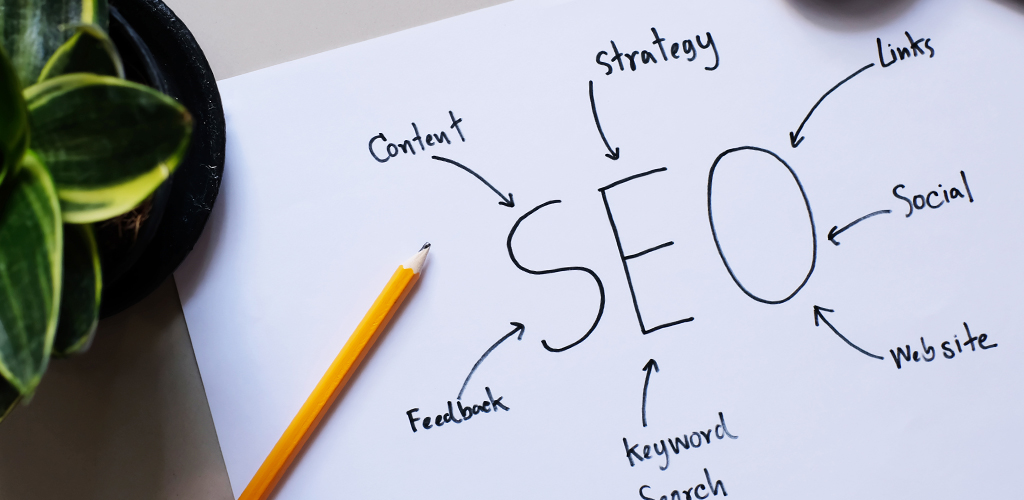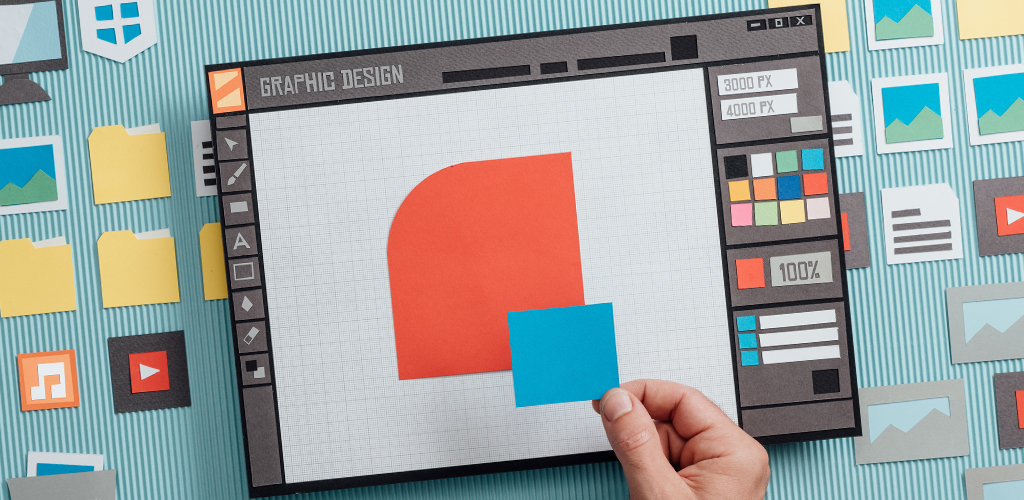The Fight for Mental Real Estate
In today’s scroll-heavy, brand-saturated landscape, memorability isn’t luck. It’s design. It’s psychology. And it’s increasingly measurable.
We dug into 30+ studies, marketing reports, and branding guides to unpack the truth behind what makes a brand truly unforgettable in 2025. This isn’t another fluff-filled list of “stand out with personality.” This is what actually works.
Understanding what sticks in 2025. And what gets forgotten.
Emotional Anchors Beat Everything Else
Great branding begins in the heart. Brands like Nike, Apple, and LEGO don’t just sell; they mean something.
According to a 2024 Edelman Trust Barometer study, 65% of consumers say a brand’s emotional connection matters more than price or functionality.

But emotion isn’t vague.
In 2025, emotional branding is built through:
- Micro storytelling
- Brand archetypes
- Design consistency that reinforces feeling
Memorability = Emotional memory. That means moving from what you do, to why they care.

The “mere-exposure effect” is worth exploring.
People remember what they see often, but only when that repetition is coherent and contextual. A study from Harvard Business Review showed brands with consistent voice and visuals across 3+ channels had 71% higher recall than fragmented ones.
Consistency doesn’t mean copy-paste. It means alignment:
- Your logo shouldn’t look different on packaging vs. your LinkedIn ad
- Your copywriting tone can’t shift from quirky to clinical depending on platform
Distinctive Brand Assets: Not Optional
“Being different” isn’t about quirky mascots anymore; it’s about mental shortcuts.
Distinctive brand assets (DBAs) like Mastercard’s sonic logo or McDonald’s “I’m Lovin’ It” build memory pathways faster than text ever could.

The key? Simplicity. People can’t remember complicated. According to Nielsen Norman Group, the best-performing brand cues are:
- Visually minimal
- Emotionally suggestive
- Repeatable across static and motion
User Experience Is Brand Memory
If your product is hard to use, your clients will remember that. If your website loads slow or buries information, that becomes your brand impression. A study from Deloitte shows that brands with fast, frictionless digital experiences saw 40% higher brand recall compared to clunky counterparts.
Things to audit:
- Navigation consistency
- Visual loading hierarchy
- Typography legibility
- Microinteractions (hover effects, transitions)

Values That Aren’t Performative
A recent report by Sprout Social revealed that 73% of consumers are more likely to remember brands that clearly state their values, and act on them.
Not just DEI or climate pledges, but founder transparency, ethical sourcing, and how they treat employees. Want memorability? Don’t campaign it. Operationalize it:
- Share process, not just results
- Be human in tone and updates
- Use founders and team in brand story
Your voice is your presence; especially in a world saturated with AI-generated content.
According to a 2024 SEMrush study, brands with a consistent voice across 5+ content types had 56% higher recall and 42% higher engagement rates. The best brand voice feels like a person, not a template.
Not sure where to start? We help develop complete brand guidelines.
Or check out our AI content guide. We focus heavily on structuring for both humans and machines.
Timing and Context Matter More Than Frequency
One of the most overlooked truths: when and where your audience sees your brand affects memory more than how often.
The Recency Effect says people remember the last brand they saw. The Primacy Effect says they remember the first. Contextual branding ensures you’re in both spots.

Consider:
- Ad timing in the buyer journey
- Content tied to real-time search (newsjacking)
- Branded tools or calculators that solve pain points
Memorability is measurable.
You don’t need to guess what sticks. Today’s brand teams use memory-based testing platforms like System1, Zappi, and Quantilope to track emotional recall, brand distinctiveness, and signal strength in real time.
If your brand isn’t being remembered, it’s being replaced.







